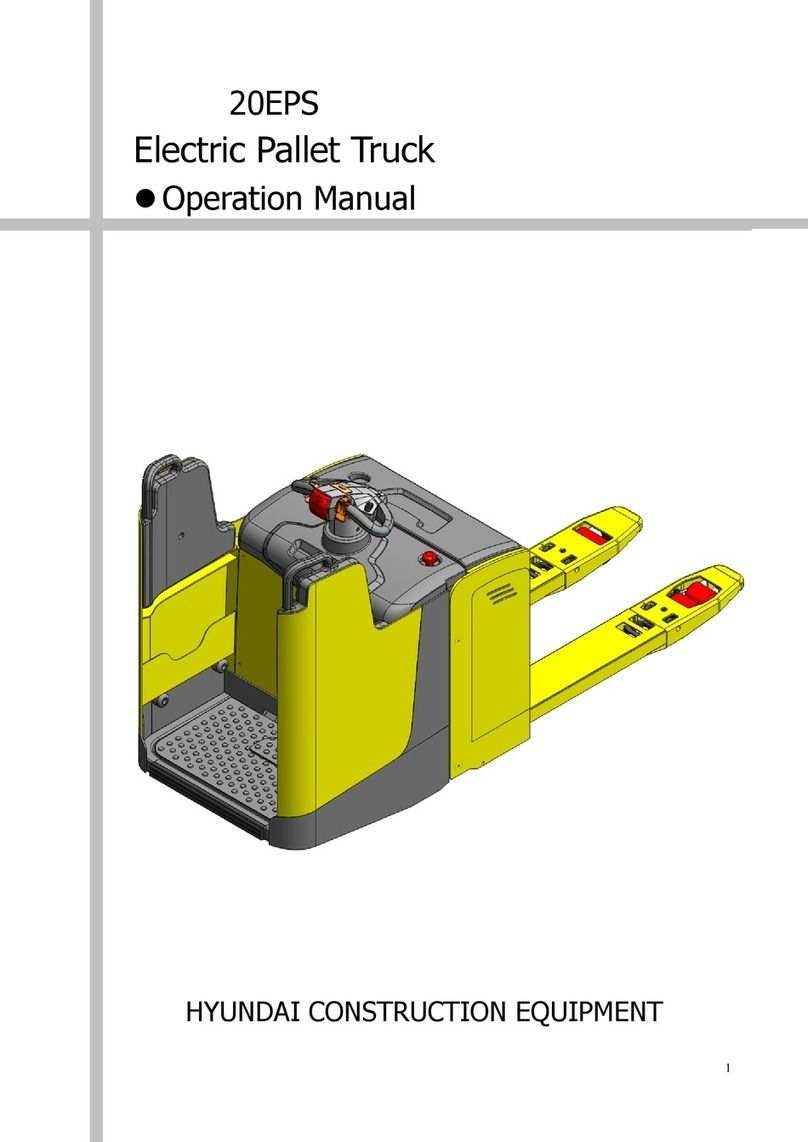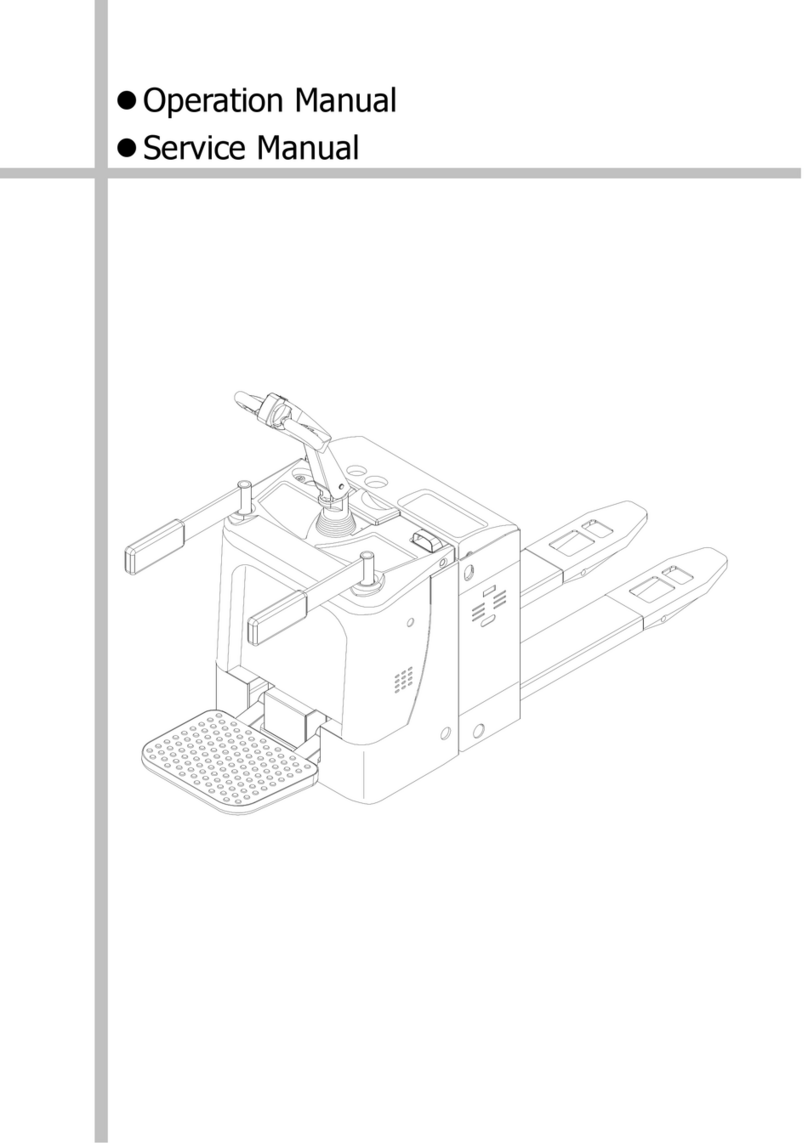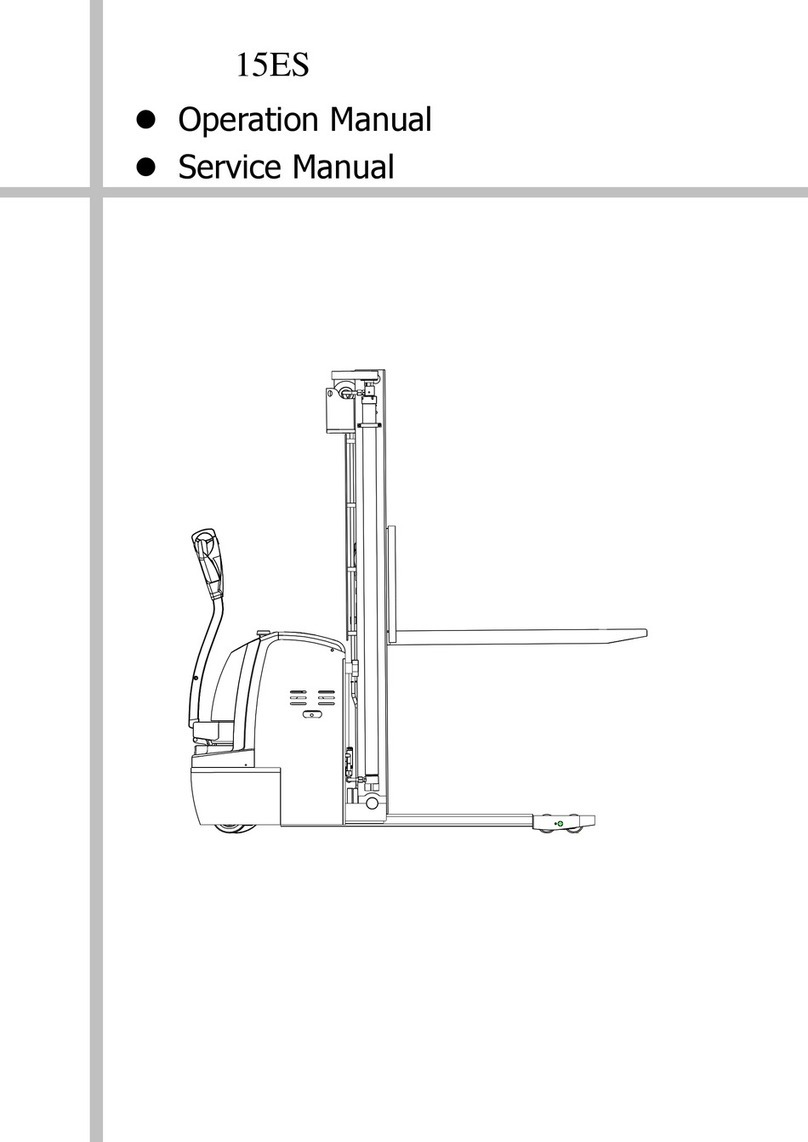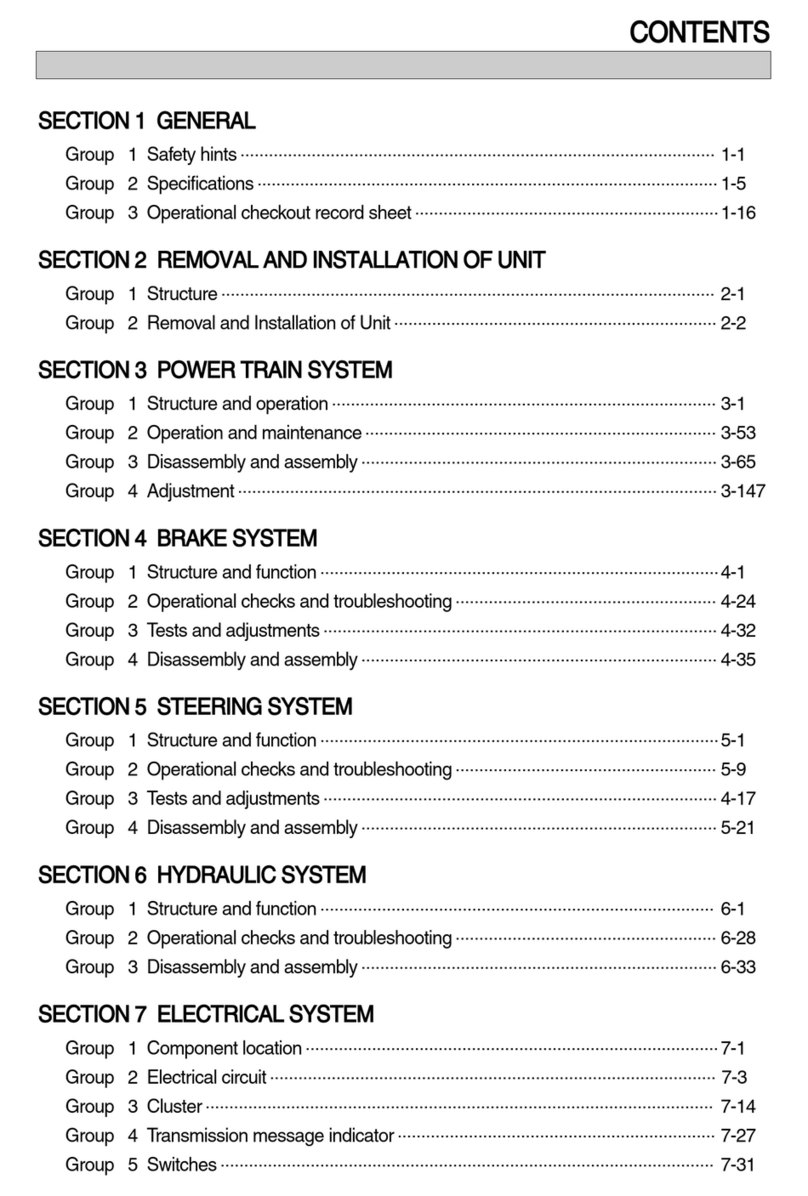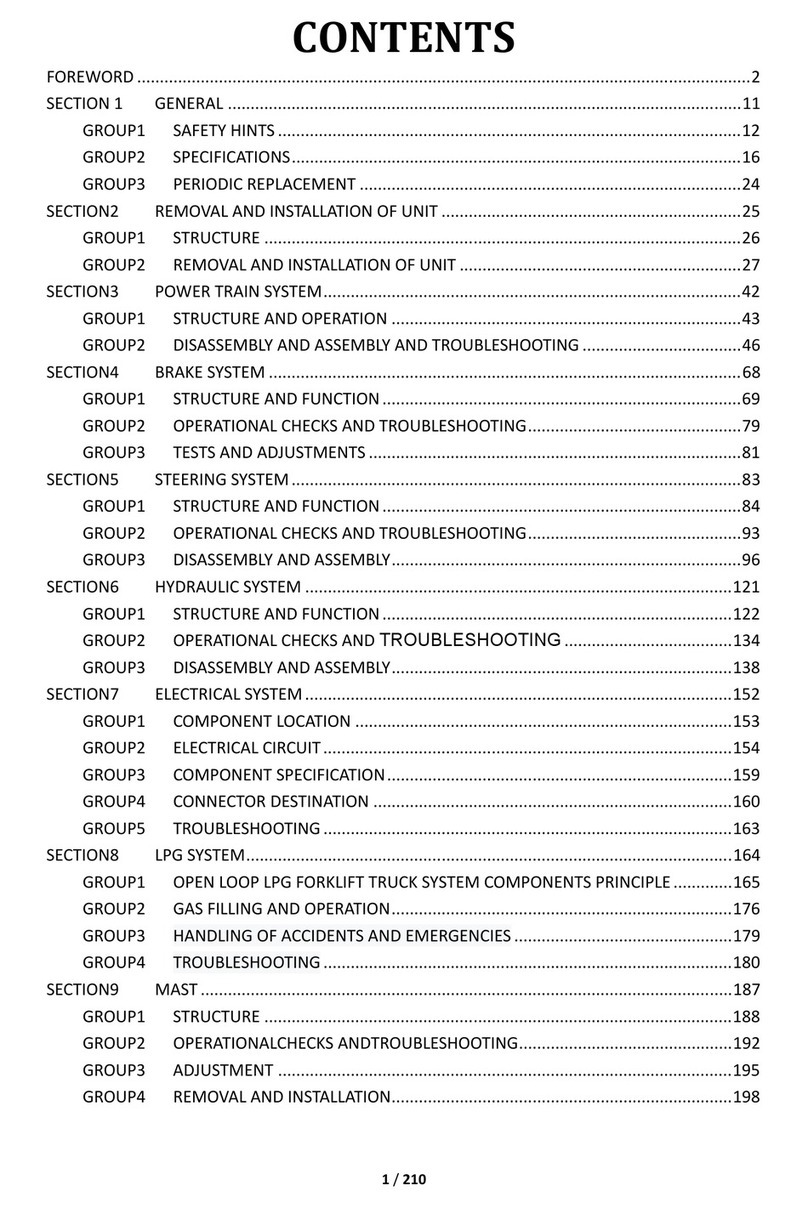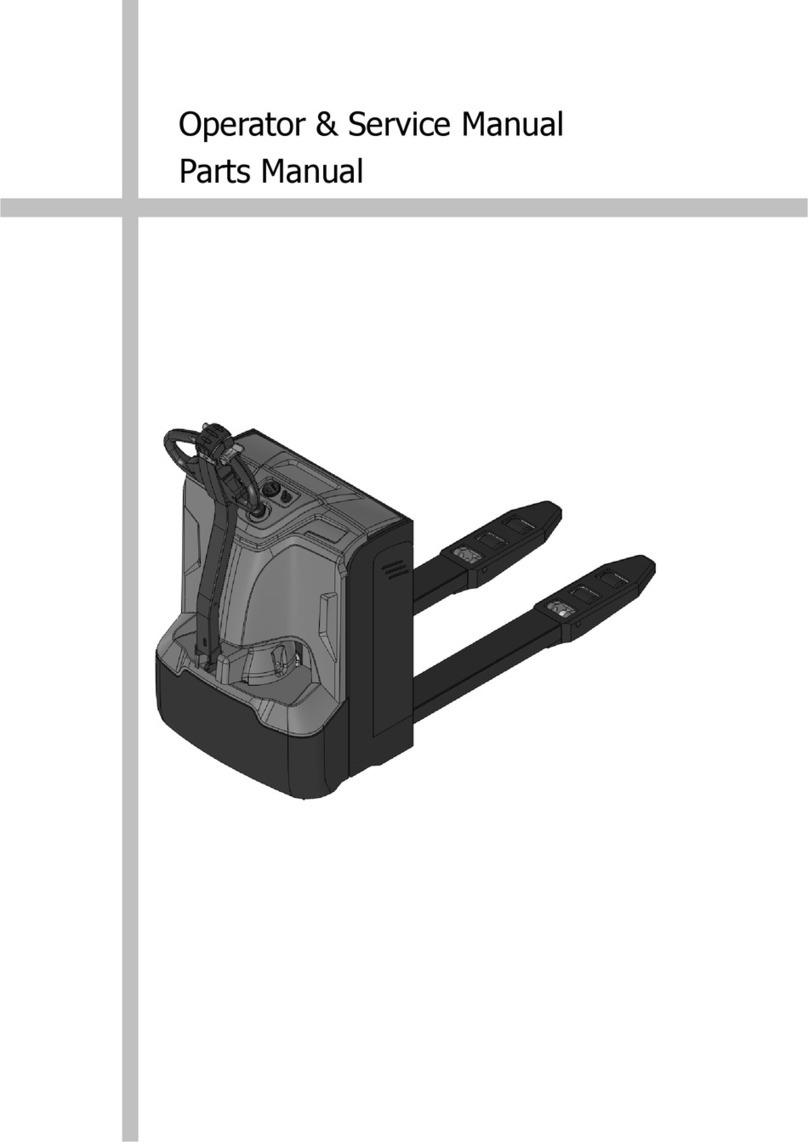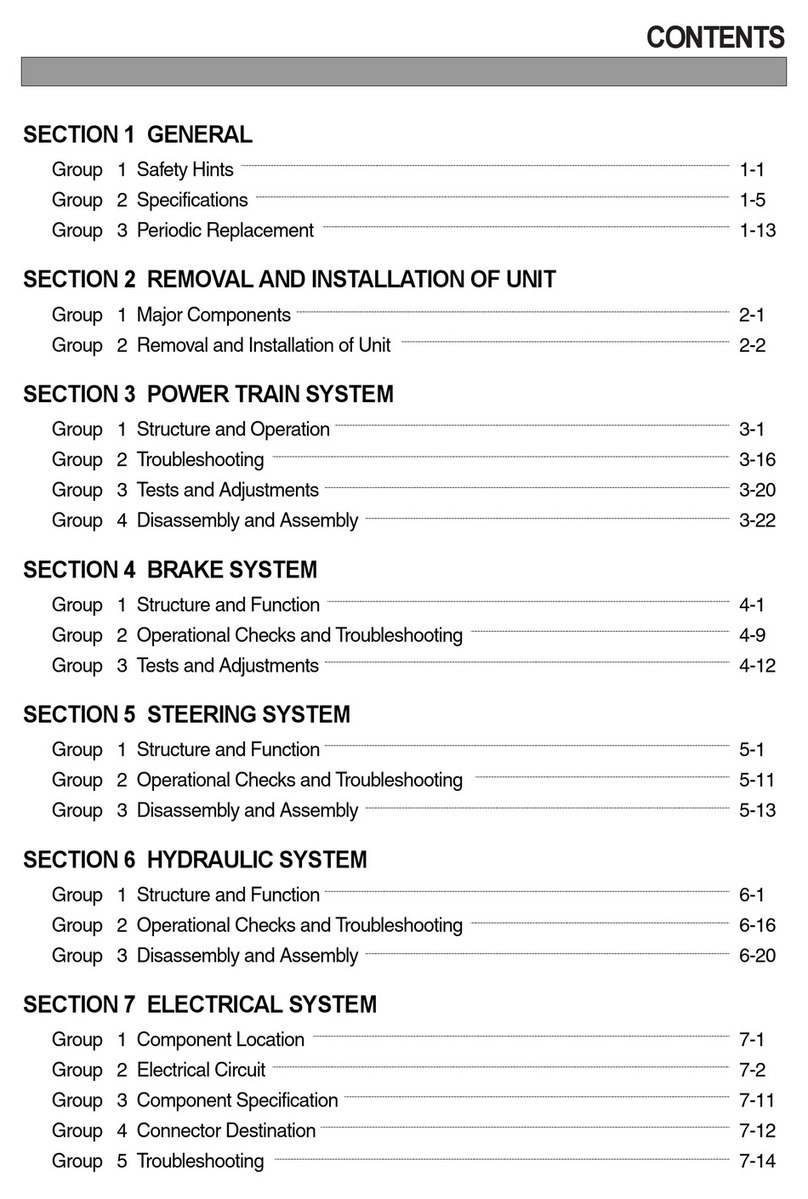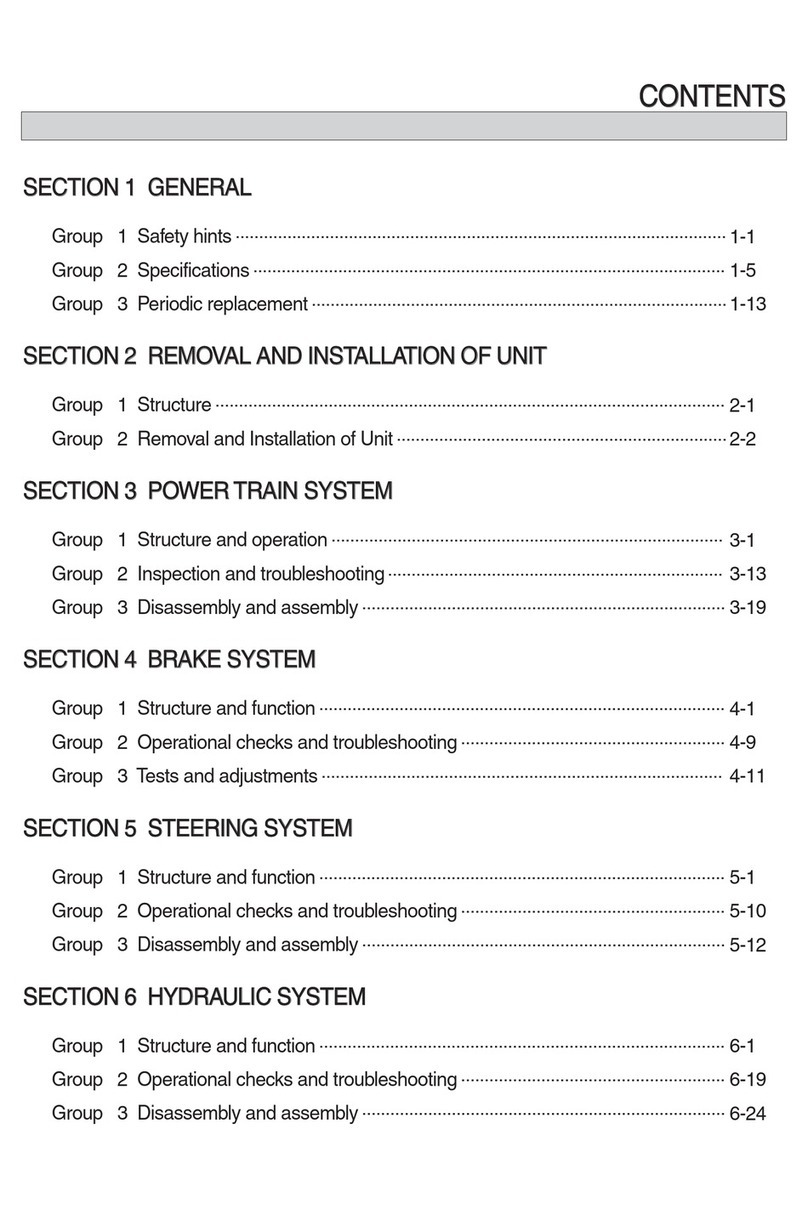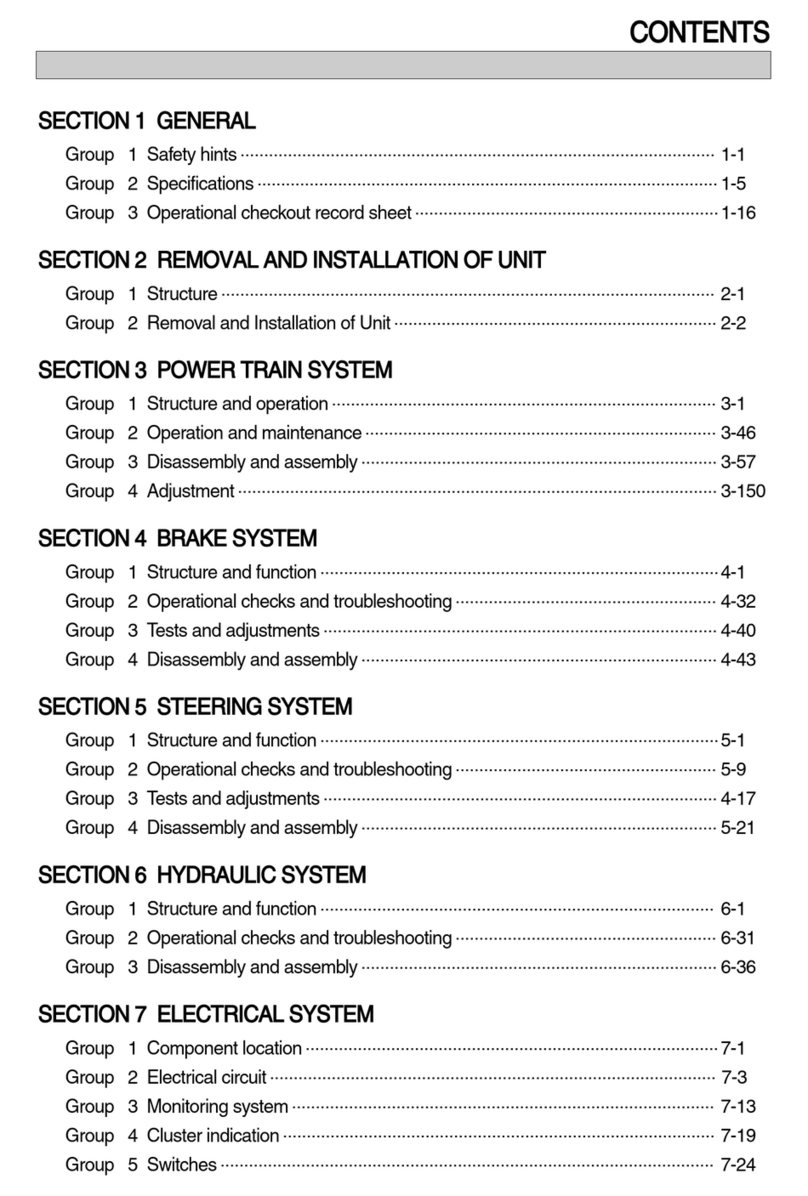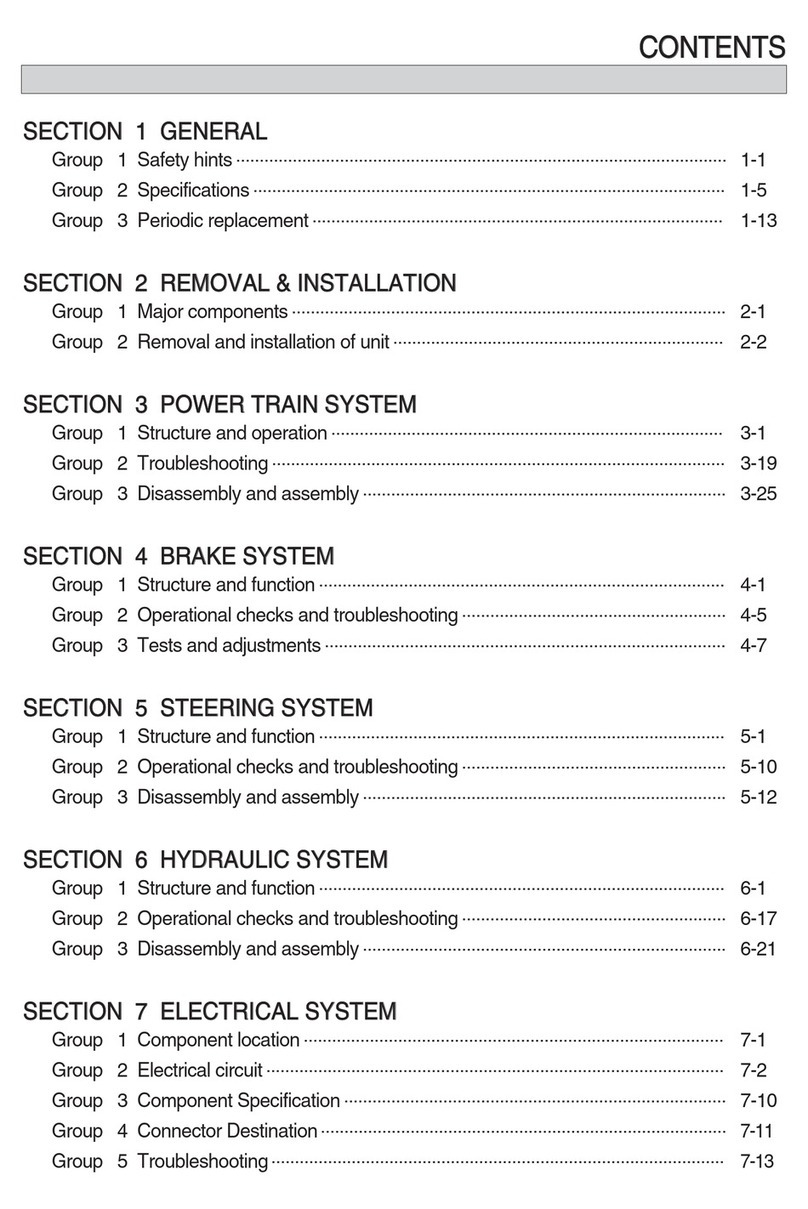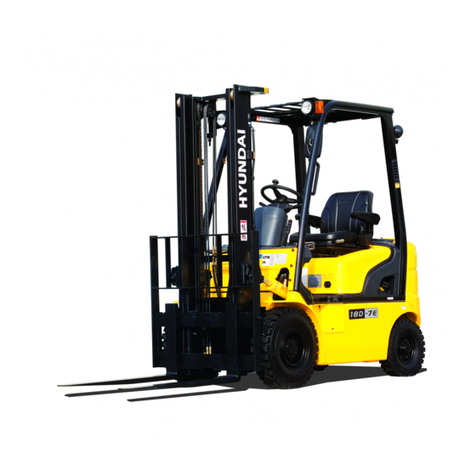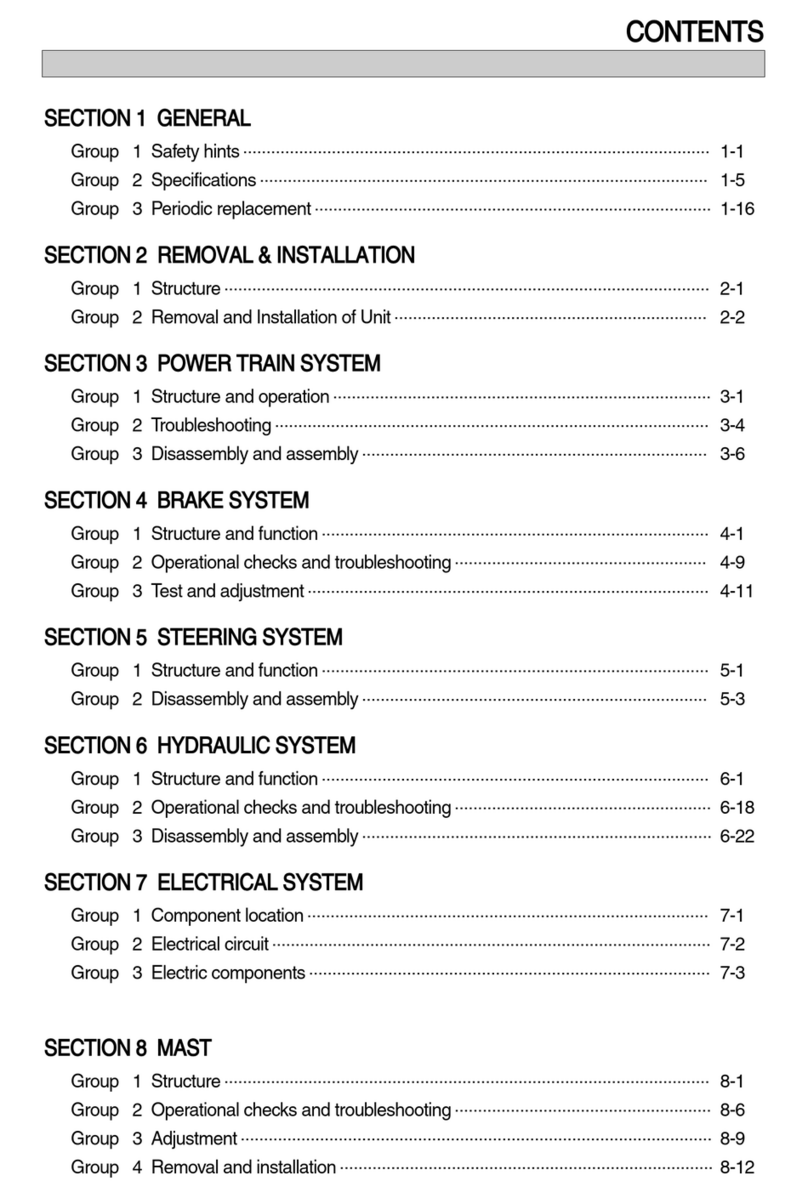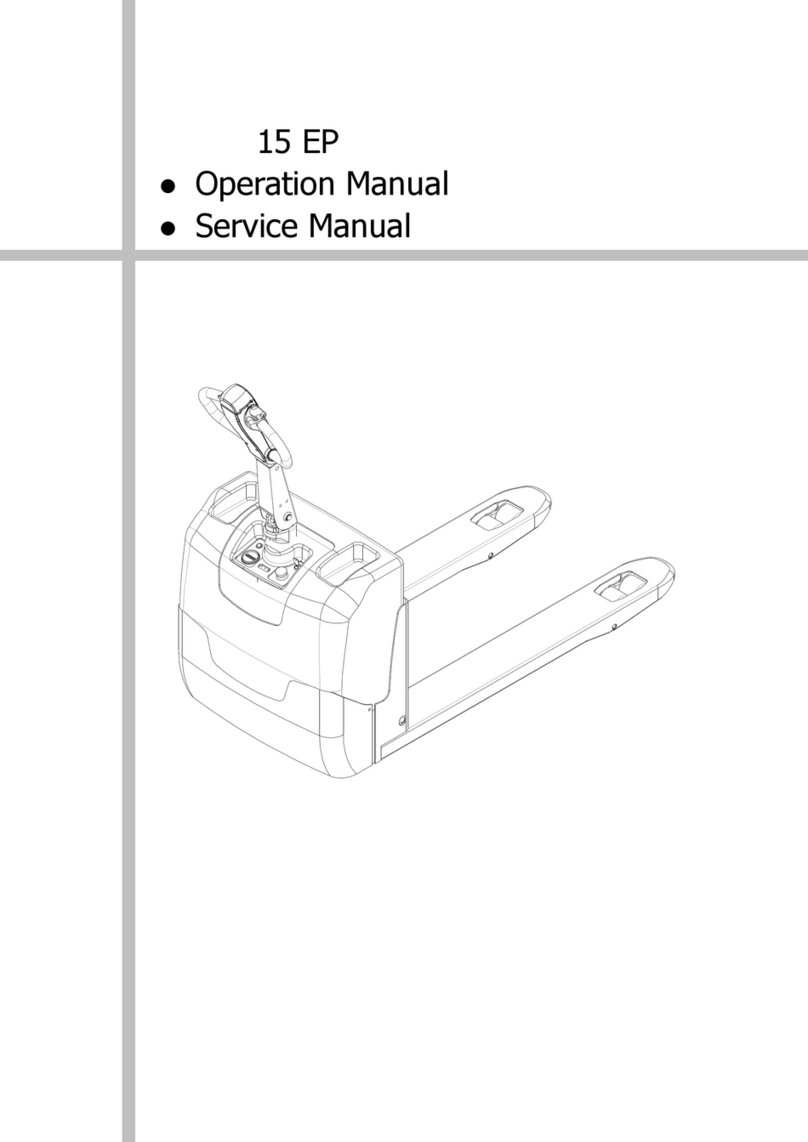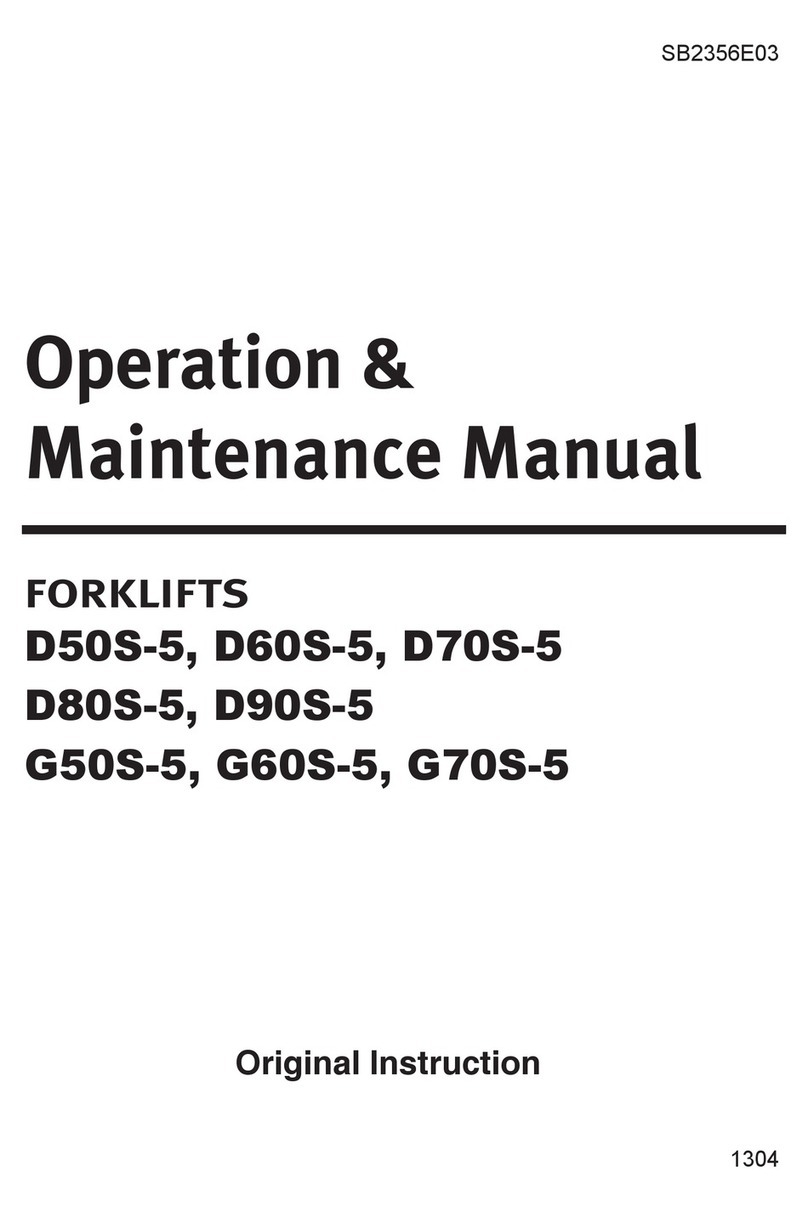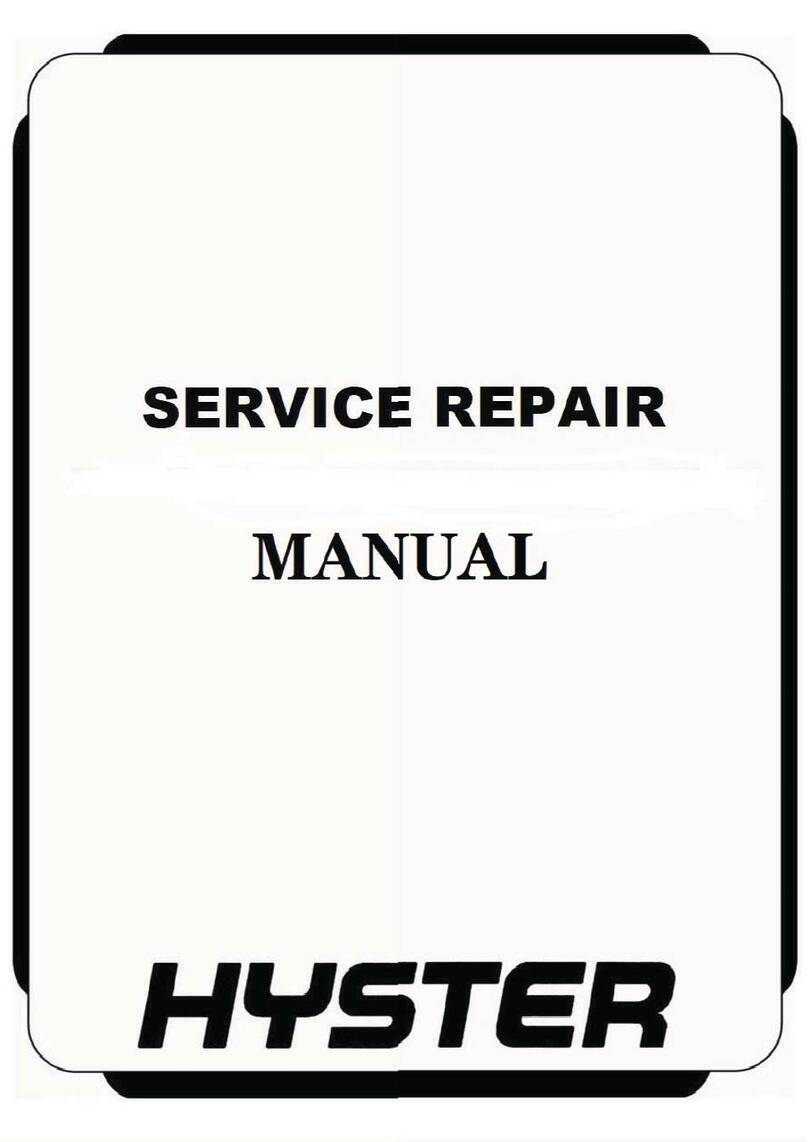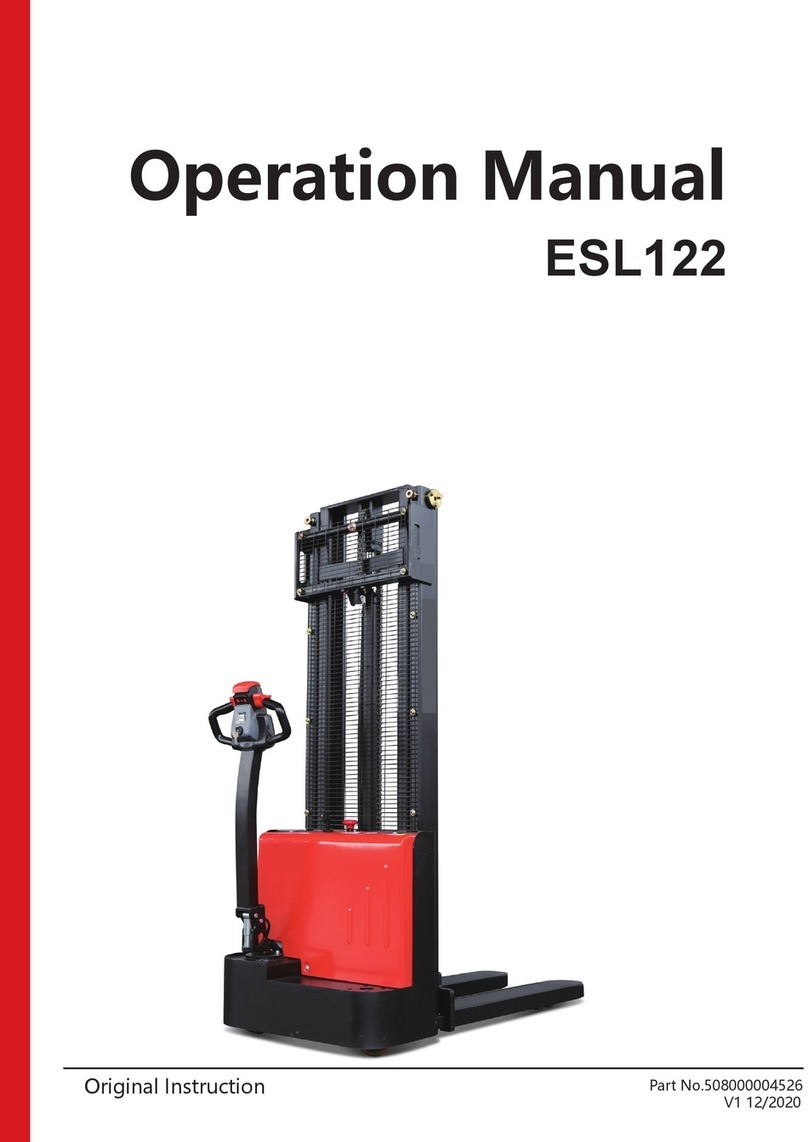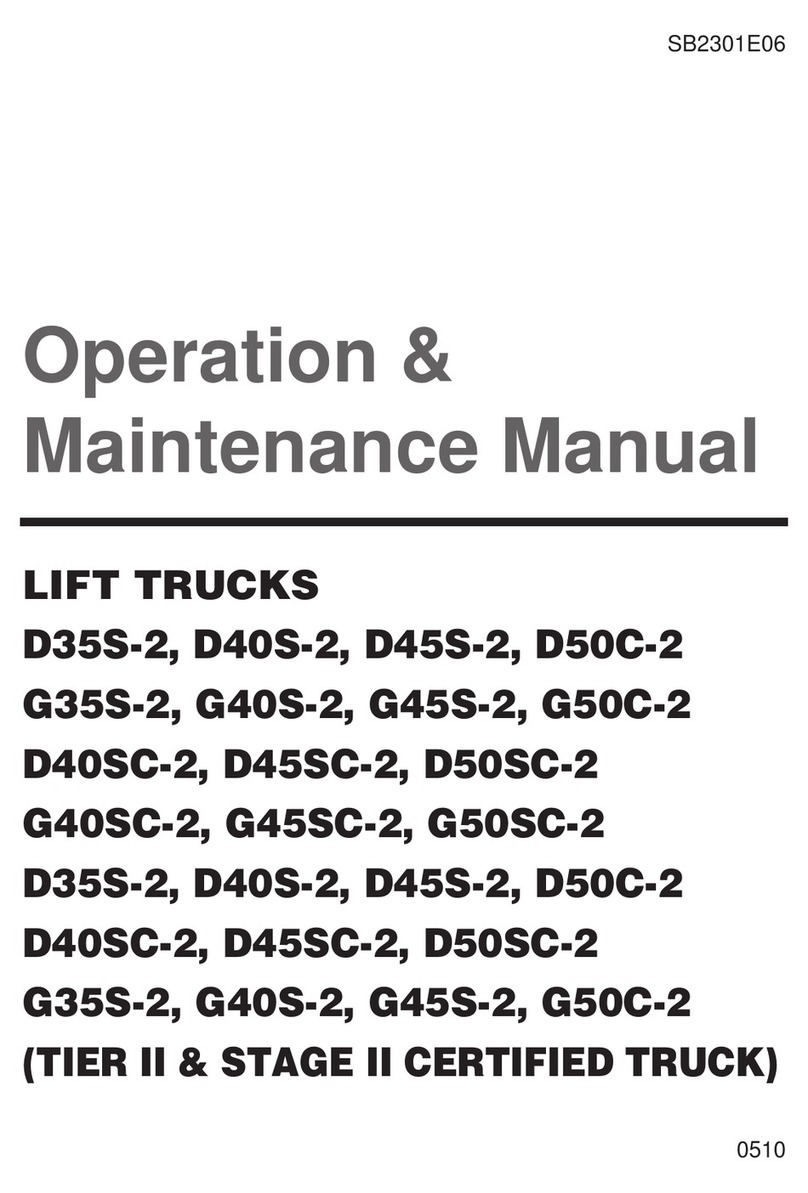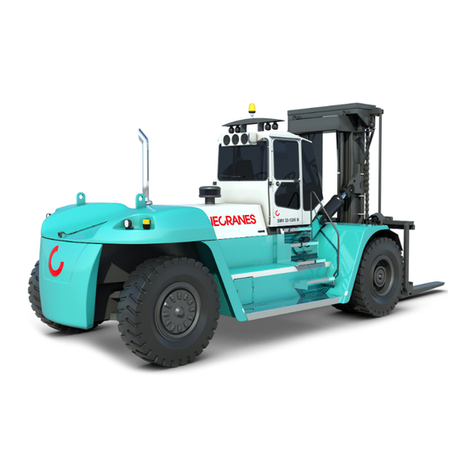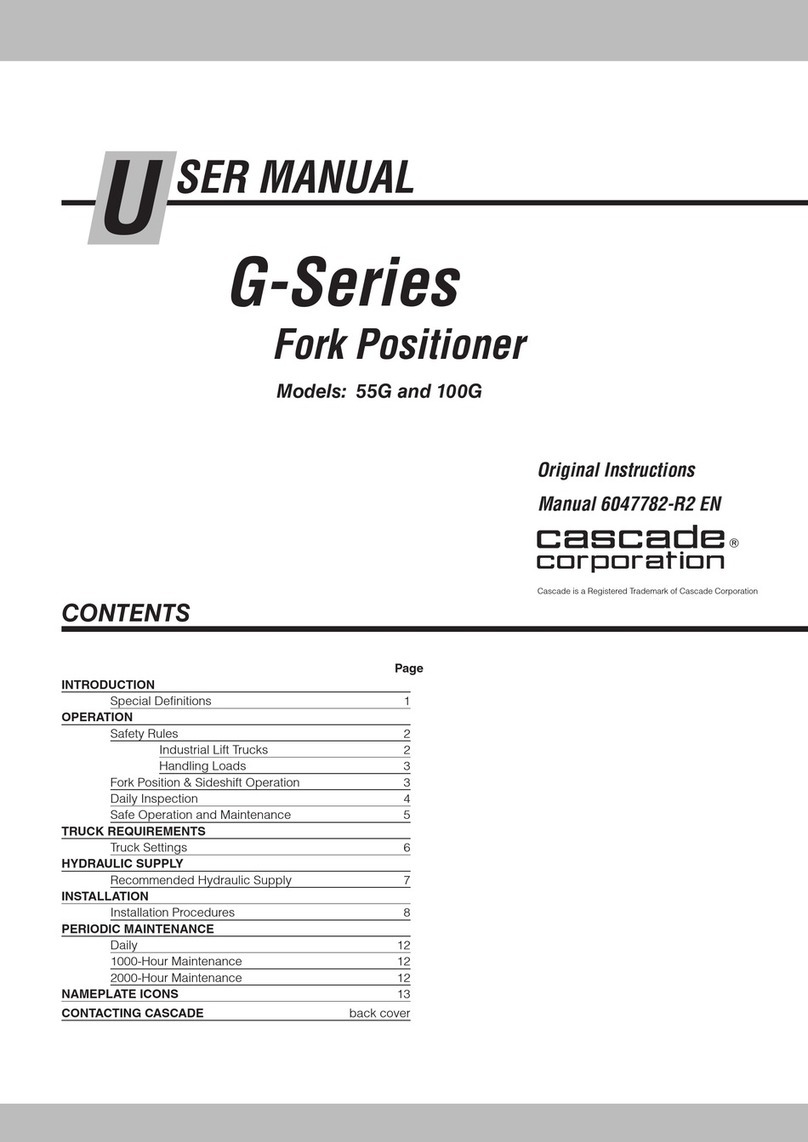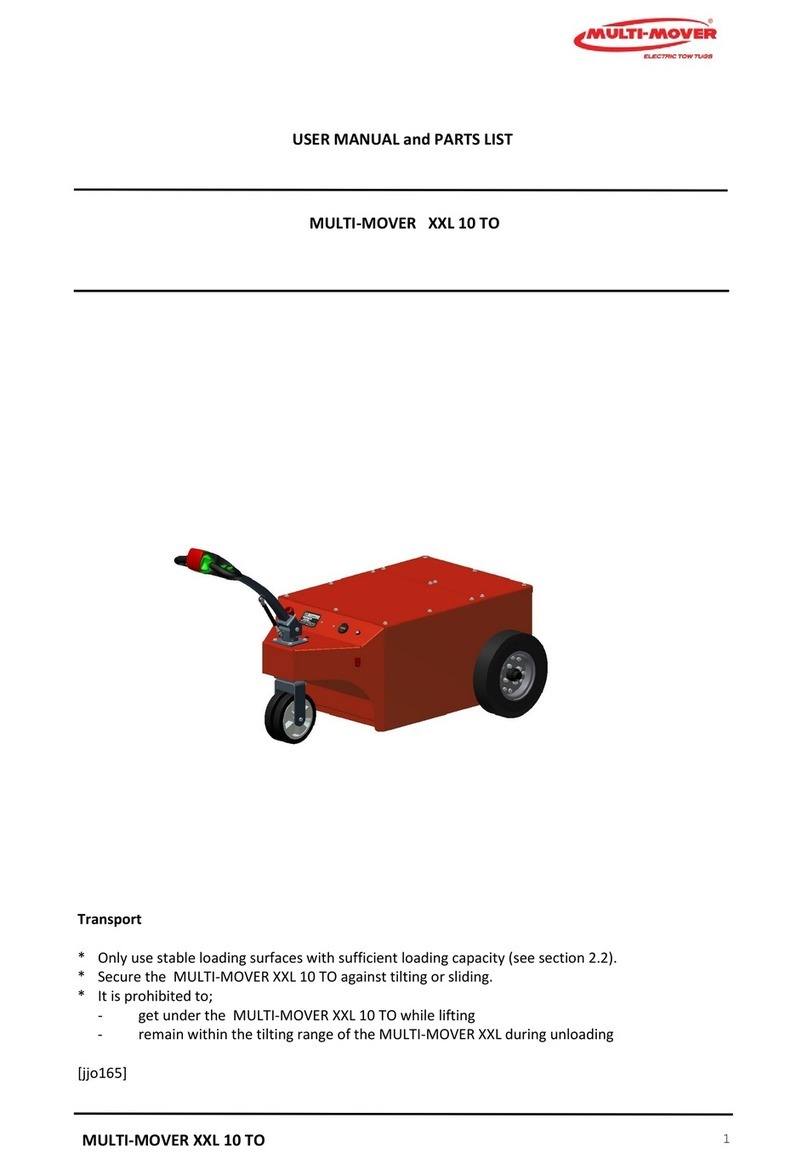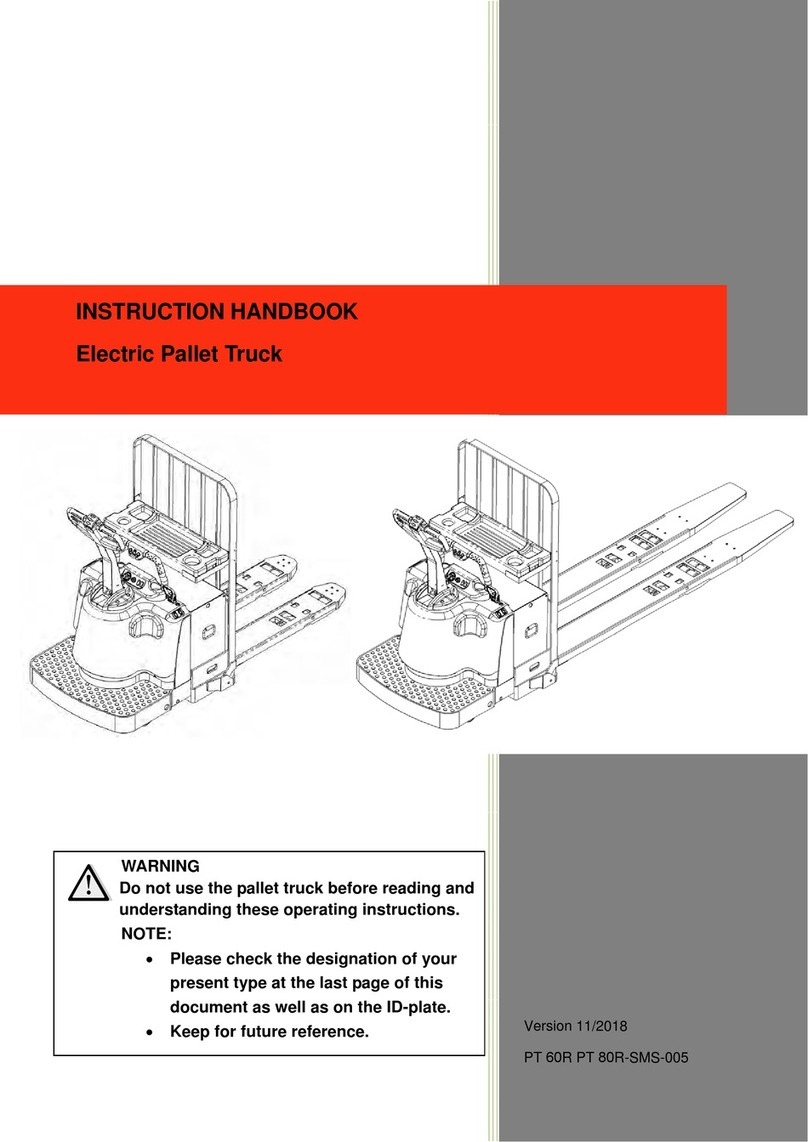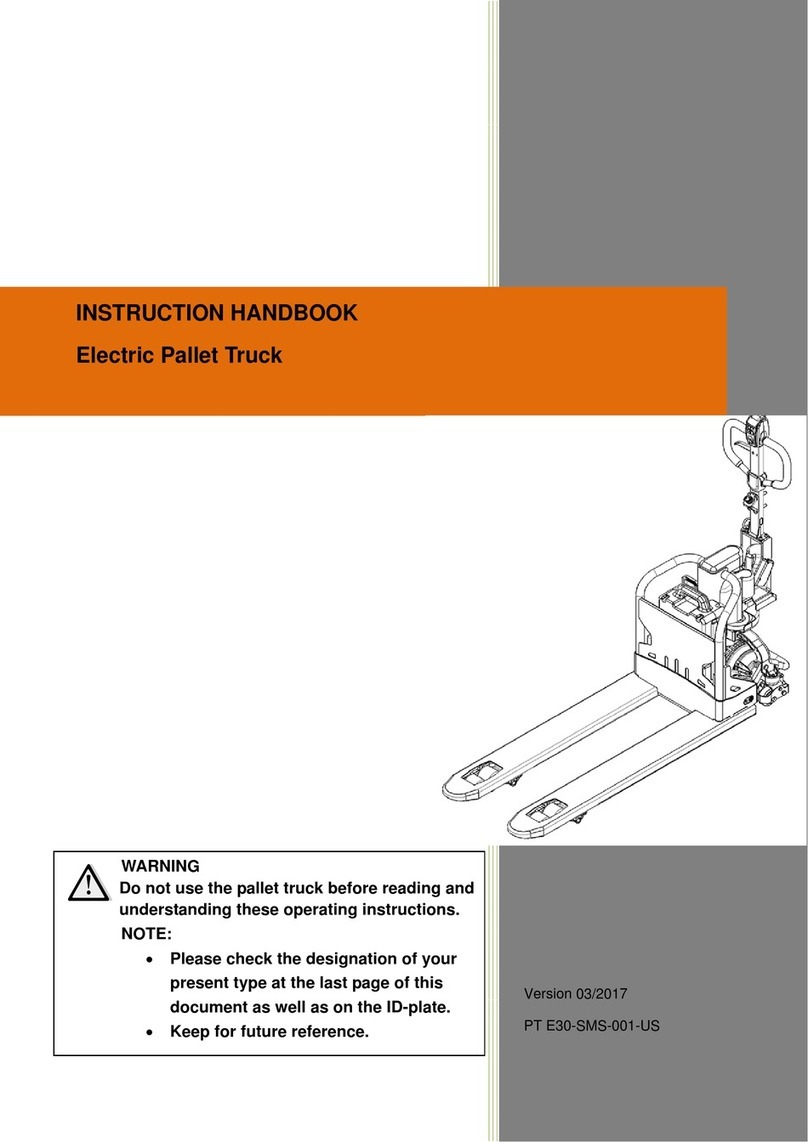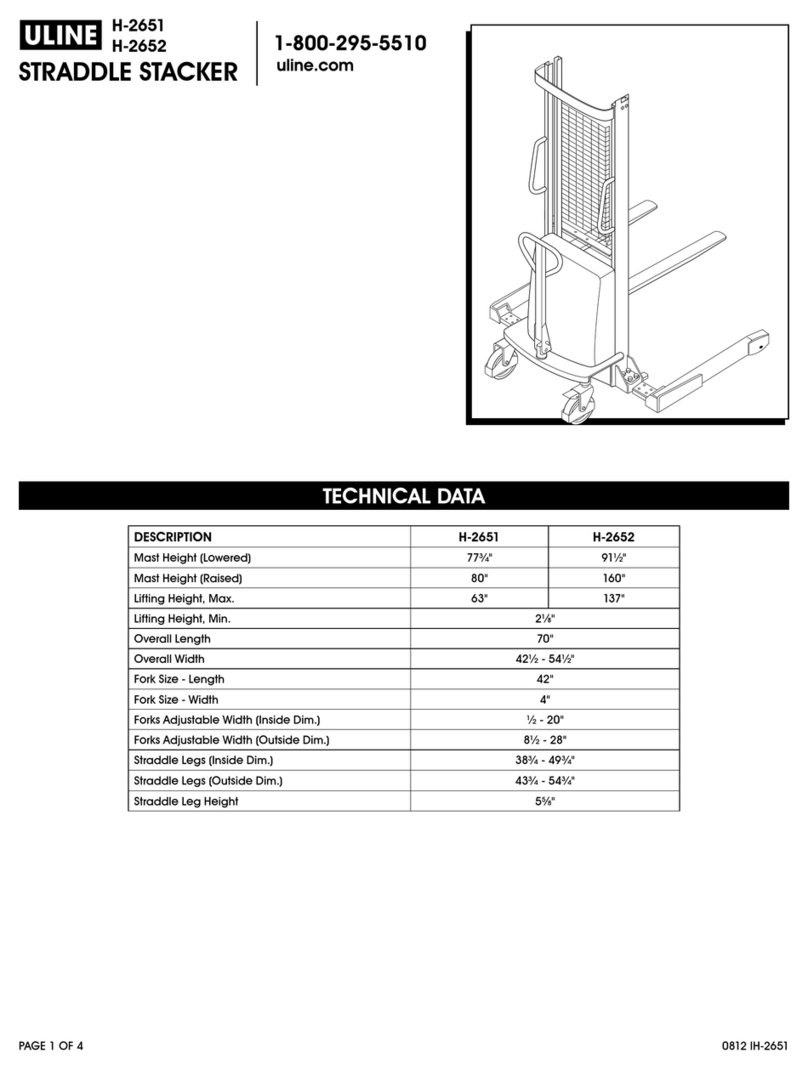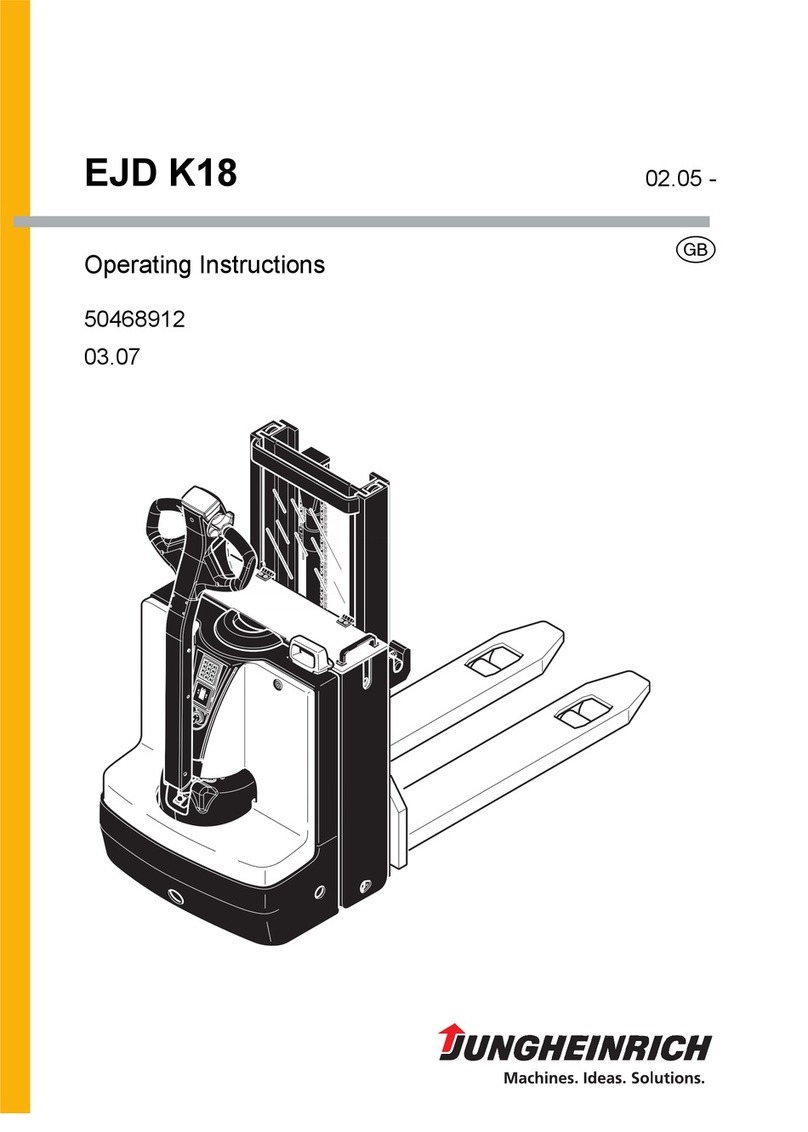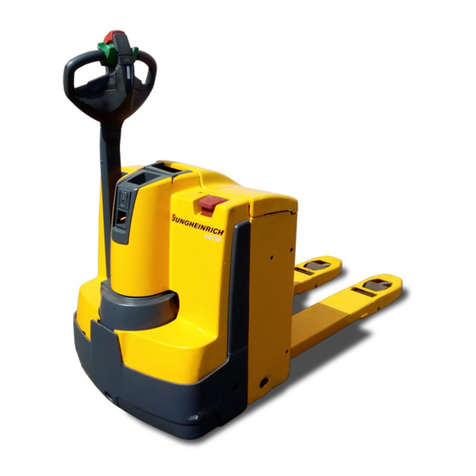
Content
Ⅰ.Specified use ............................................................................................................. 1
Ⅱ.Forklift introduction.................................................................................................... 1
1. applications ........................................................................................................... 1
2. service environment............................................................................................... 1
3. technical parameters.............................................................................................. 1
3.1 structure ...................................................................................................... 2
3.2 main technical parameters (30EPCR Electric Pallet Truck) ................................ 2
Ⅲ.Operation ................................................................................................................... 7
1Safety norms………………………………………………………………………………………………………..9
1.1 safety instructions......................................................................................... 9
1.2 safe driving standard…………………………………………………………………………………10
2. drive and operation...............................................................................................11
2.1 inspection before operation .........................................................................12
2.2 driving .......................................................................................................12
2.3 Important notice after operation ................................................................13
Ⅳ.Maintenance、charge and replacement of battery.......................................................14
1. initial charge...................................................................................……………………16
2 use and maintenance ...........................................................................................17
3 storage ................................................................................................................18
4 electrolyte operation ..............................................................................................18
5 storage battery operation of end service life ............................................................18
6.emergency treatment.............................................................................................18
7 battery charger......................................................................................................18
8. battery exchange ..................................................................................................17
Ⅴ. Maintenance and repair………………………………………………………………………………………….18
1. Maintenance.........................................................................................................18
1.1 precautions during maintenance ..................................................................20
1.2 check and maintenance before use ..............................................................20
1.3 routine inspection ........................................................................................20
1.4 inspection as needed....................................................................................21
1.5 inspection and maintenance .........................................................................21
1.6 recommended working medium ....................................................................22
1.7 structure of lifting cylinder and wearing parts ................................................23
1.8 maintenance period of consumable and component ..................................23
2. common faults and trouble shooting ......................................................................24
Ⅵ. Loading and unloading, transportation and storage of truck ........................................29
1. loading and unloading...........................................................................................29
2. transportation.......................................................................................................29
3. storage ...............................................................................................................29
Appendix I ......................................................................................................................30
Appendix II .....................................................................................................................31
Appendix III....................................................................................................................32

